Advertisement
Message Forums |
|
 Topic: Lightweight DIY alcohol stove Topic: Lightweight DIY alcohol stove
|
Page: 1 2
  |
05/2/2010 at 4:37pm
Location: Otley
Outfit: Terra Nova Laser Com
 View Profile
View Profile
 Reply
Reply
 Quote
Quote
|
Joined: 25/9/2005 Platinum Member 
Forum Posts: 733
Tent Reviews: 1
| Site Reviews Total: | 10 |
|
| Site Reviews 2024: | 0  |
| Site Reviews 2023: | 0  |
| Site Reviews 2022: | 0  |
| Site Reviews 2021: | 0  |
| Site Reviews 2020: | 0  |
| Site Reviews 2019: | 0  |
| Site Reviews 2018: | 0  |
|
| Site Nights 2024: | 0 |
| Site Nights 2023: | 0 |
| Site Nights 2022: | 0 |
| Site Nights 2021: | 0 |
| Site Nights 2020: | 0 |
| Site Nights 2019: | 0 |
| Site Nights 2018: | 0 |
|
I mentioned this in another thread and I've taken some photos.
There are lots of instructions for building stoves on the web and I'm not going to cover old stuff again. Have a look at Zen Stoves. This is just the method that I find produces a stove that suits me. I've made a box full and got to this point. Not everyone will agree with the method. This is a sideburner stove. Some people will prefer topburners (like a Trangia) and pan stands.
Use these instructions at your own risk. Be careful with sharp tools and sharp edges on cans. Test your stoves somewhere safe. Most tent manufacturers would advise you not to use a stove in a tent. If you cut yourself or burn something, it's your responsibility. Be careful.
The first thing is to understand cans. Drinks cans are made from steel or aluminium. It usually tells you in the print on the back where the recycling information is. I've tried both and aluminium seems to work better. Steel is stronger but aluminium is lighter, easier to work, preheats quicker and burns hotter with quicker boil times.
In this example, I've used energy drink cans, which are smaller in diameter and always seem to be aluminium. Fizzy drinks and beer cans work. But more on that later. You need two cans for each stove with this method.
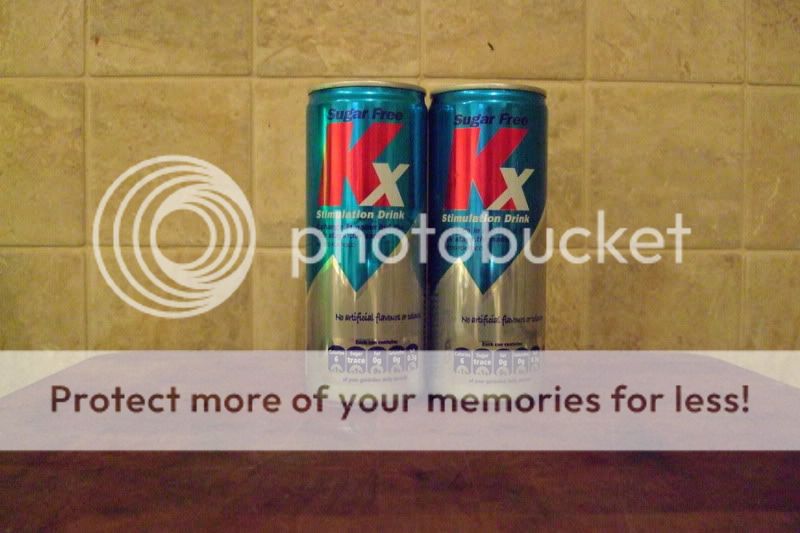
I avoid steel cans (left). Look out for damage to the bottom rim (right), which will spoil your chances of making a stove that works well.
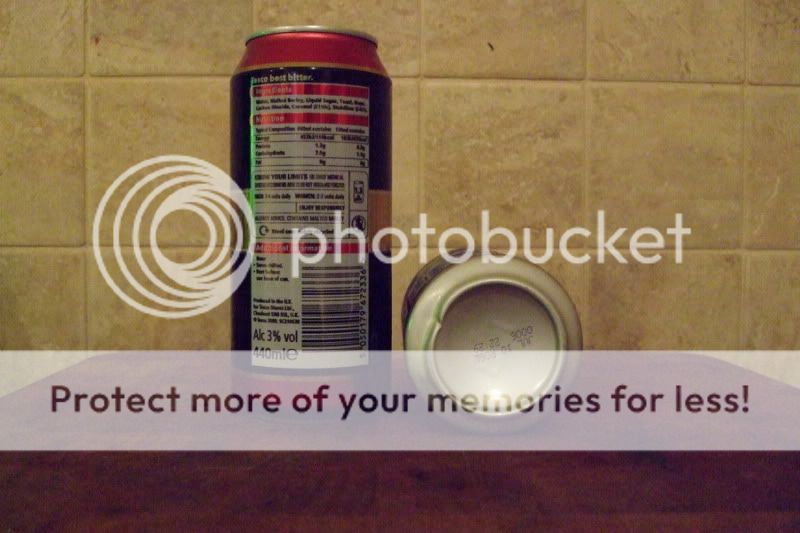
I use a book as a support and make a line with a permanent marker round the can. I make the top half 36mm and the bottom half 18mm. Notice I've sanded paint off the bottom section - optional but it gives a neater finish.
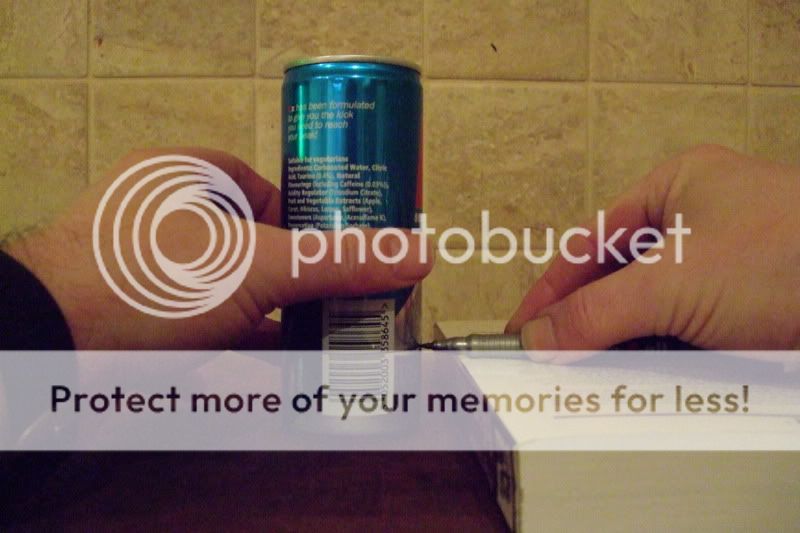
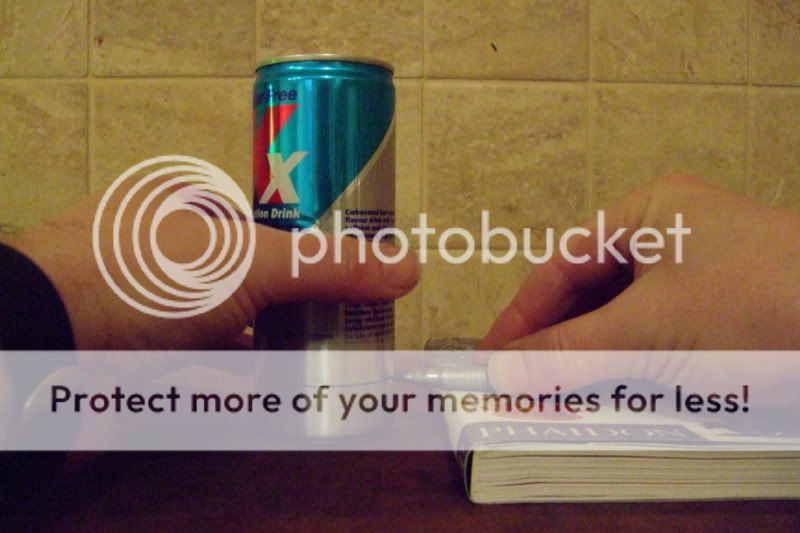
You can start the cut with a Stanley knife and then finish with scissors.
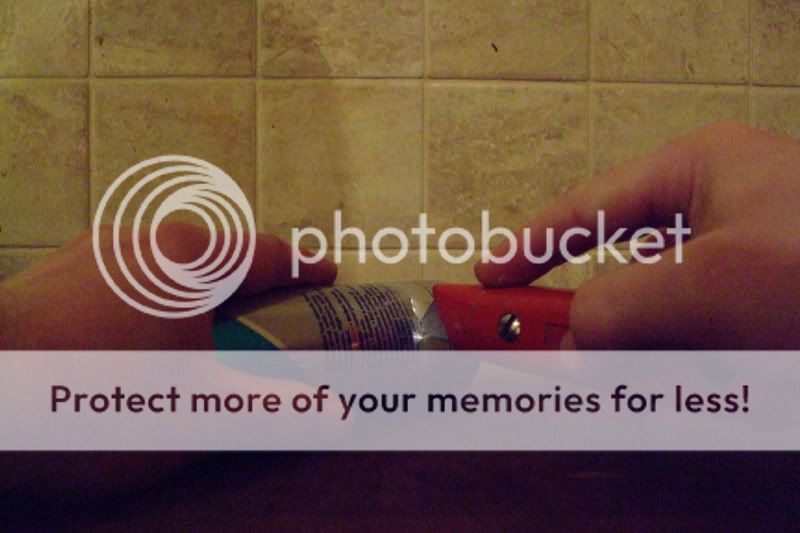

Which gives two halves of your stove outer wall.
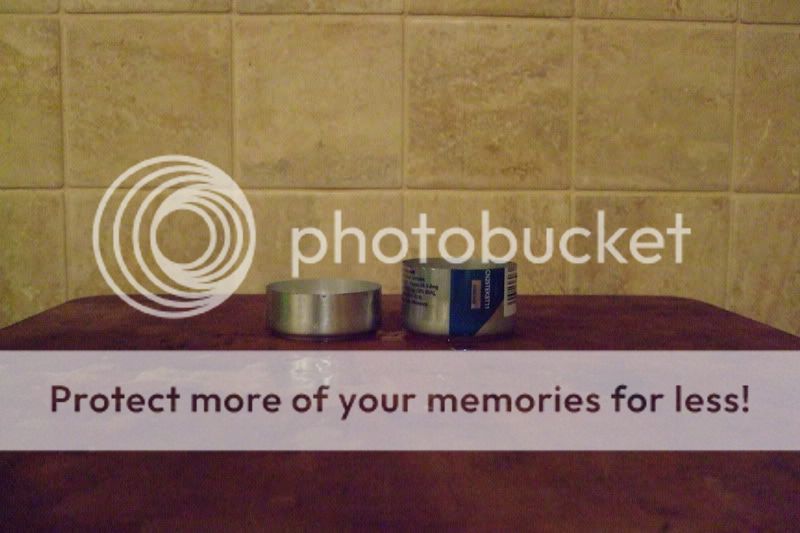
Now cut the wall from the remainder of the cans so you have a couple of sheets of flat aluminium. Use a straight edge (steel rule preferably) and knife to make a straight cut. Very carefully mark 39mm wide (that's 3mm more than your top section) and parallel, then cut the strip out with the knife and rule. Measurement is important here.
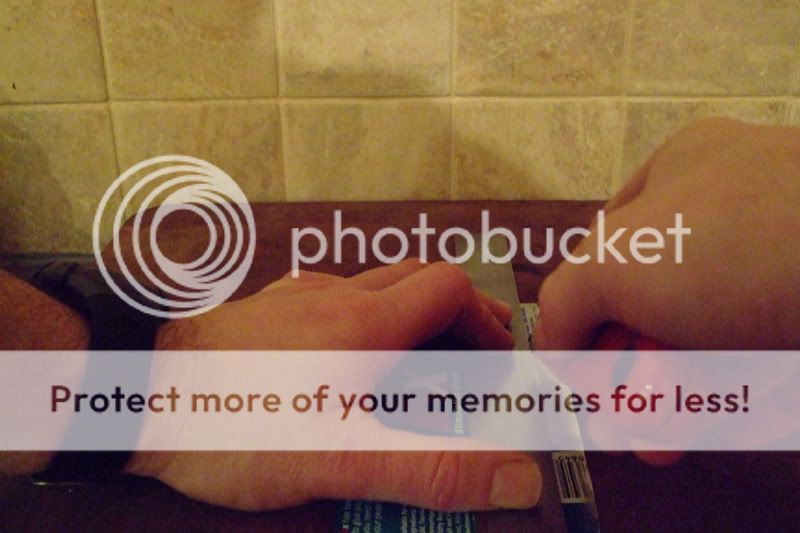
Take one of the strips and coil it to fit nicely into the recess in the lower section of the stove. Mark across the join with the knife.

Square some lines at the marks and use scissors to cut half way down on opposite sides.
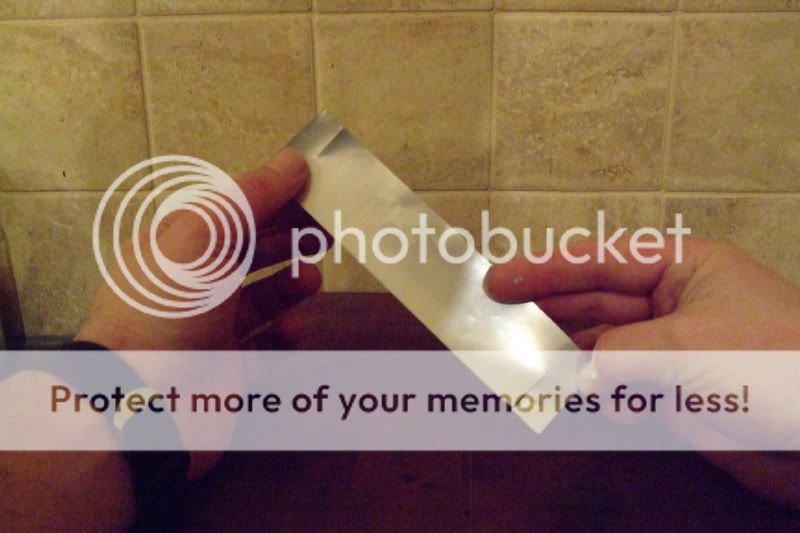
Use this as a template to make an exact copy. I find a double-thickness inner wall seals much better and stops the stove fluttering. Use the slits to make rings out of the strips. Place the tabs on one piece on the outside and one on the inside.
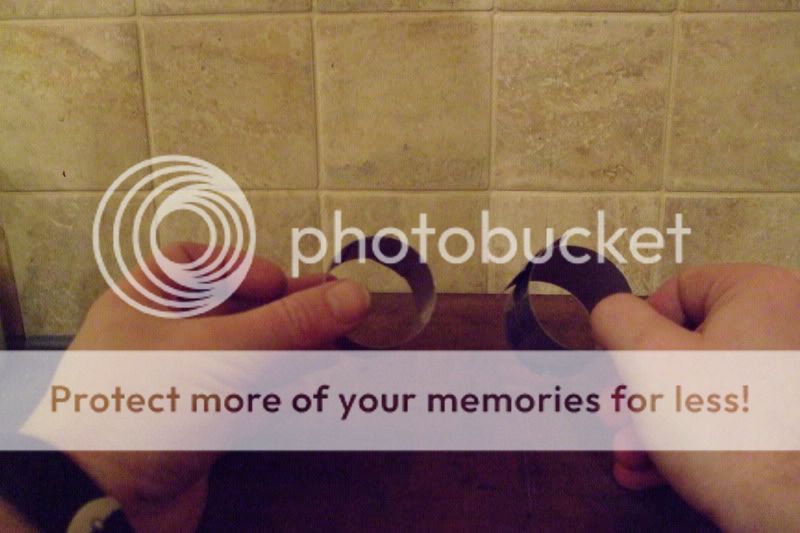
Now fit the two, one inside the other, so that the tabs are sandwiched inside and staggered on opposite sides. If they won't slide together, try reversing the tabs inside to out and vice versa, and swapping the pieces inner to outer. The inner wall should fit snugly onto the bottom half of the stove.

Punch a small hole into the top half of the stove to let air out when you fit it together.
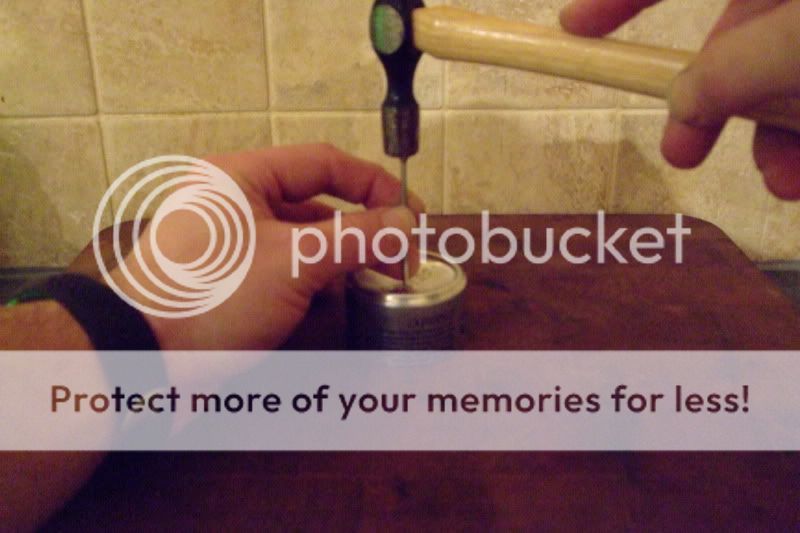
Make a couple of slits in opposite sides of the inner wall and bend the tabs back to make drain holes. These should be about 4mm x 4mm. Invert the inner wall into the top section of the stove (the part with the hole punched in the top.

Now use pliers to crimp (not everyone likes this method but I find stretching these fragile cans difficult) the edge of the lower stove section. About 4mm deep and 1cm apart.
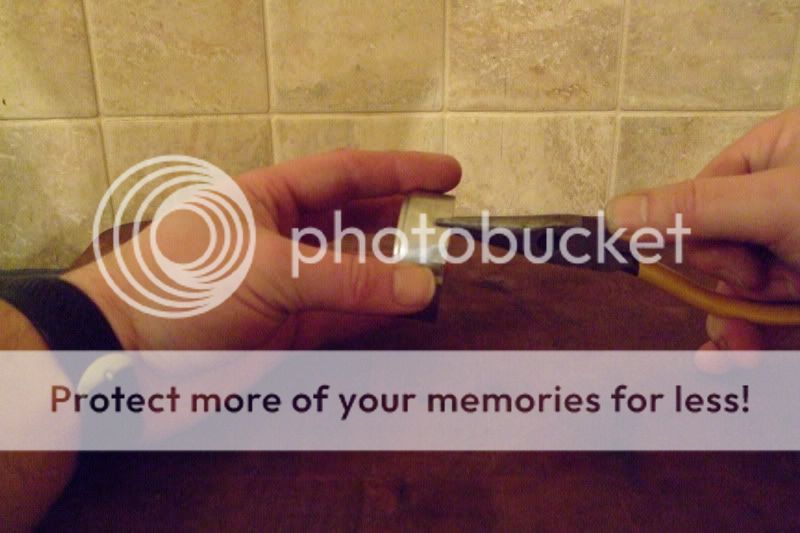
The tricky part comes next. Holding the lower half as level as possible, work it into the upper section. It can be frustrating but a fingernail or piece of can wall can be used as a shoehorn. Get it so it's just in place.
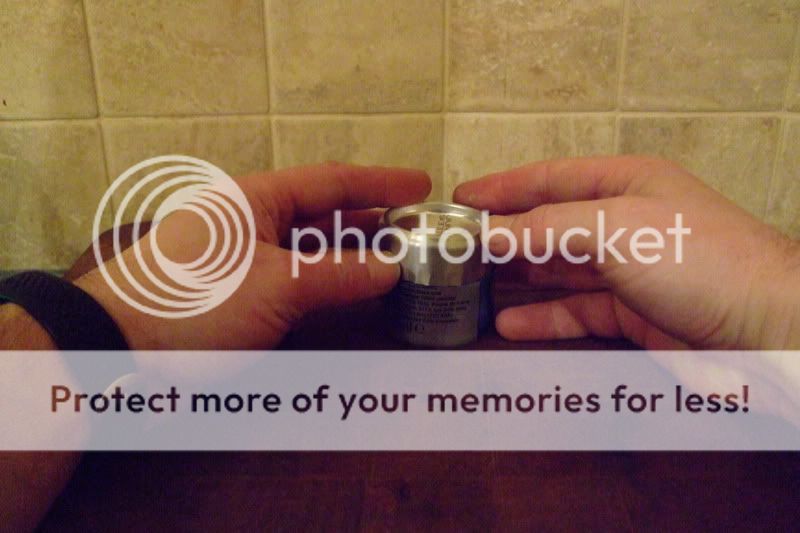
Now push down very carefully until it bottoms out. If you are unlucky, the inner can will buckle. Sometimes that's a failed stove. Other times not. Try to keep it level and go slowly. Over-crimping or a weak can can cause problems here.
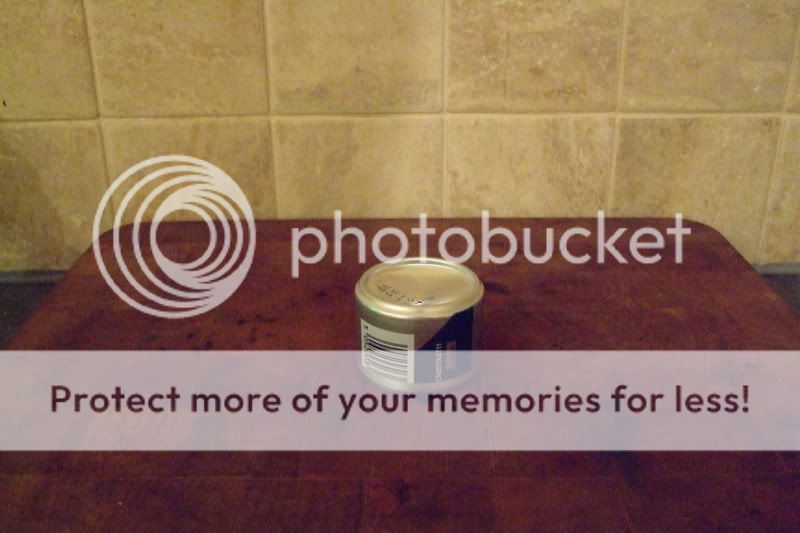
I use a sharpened masonry nail (which is safer than the knife) to score around the corner of the top concave of the can. Be diligent because it means a cleaner cut but don't overdo it.
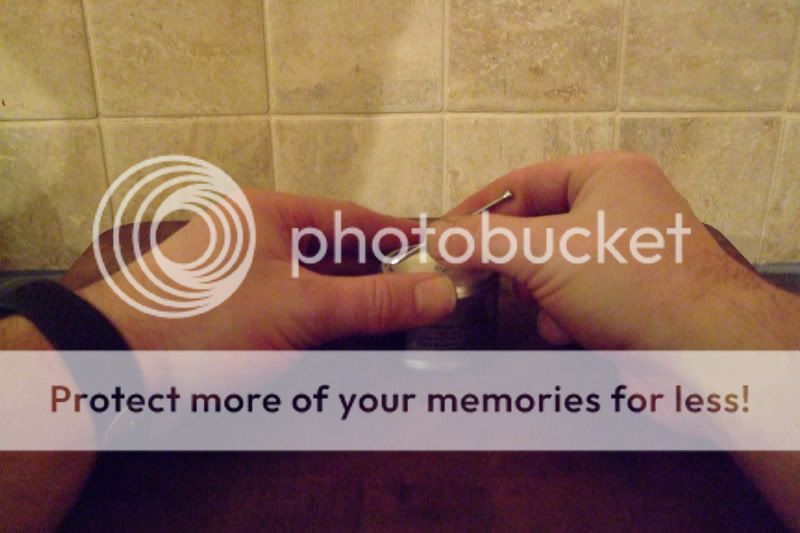
Now cut from the centre of the top to the score lines, making quadrants. Careful.
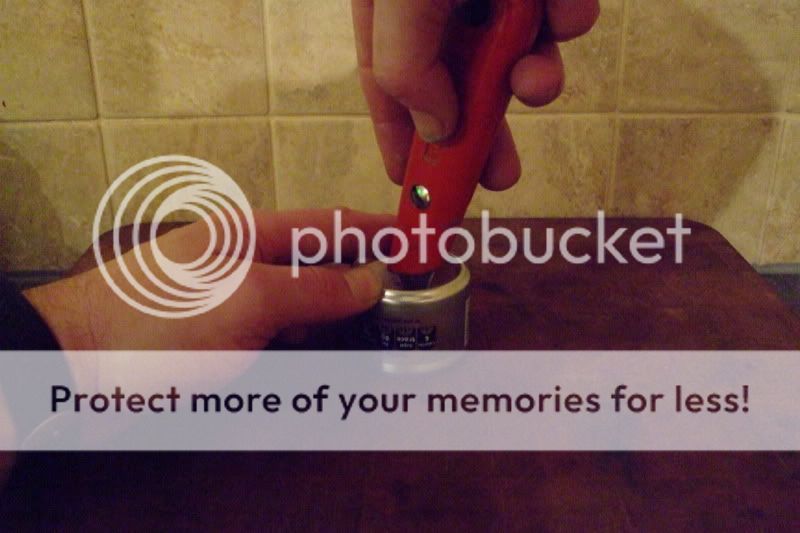
If you've made your score lines good, you should be able to fatigue the sections out with a pair of pliers. Pump up and down until it weakens at the line and then go more gently so you get a clean break.
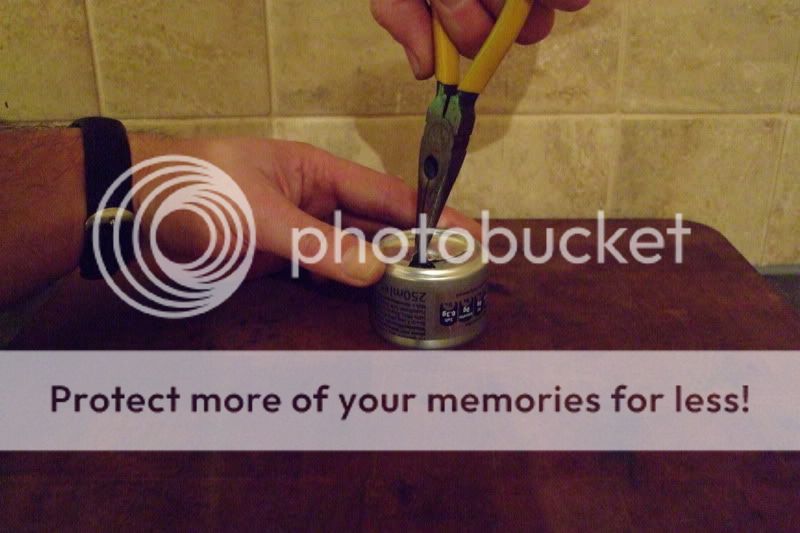
Clean up the edges with a file if you like but be very careful of damaging the inner wall.
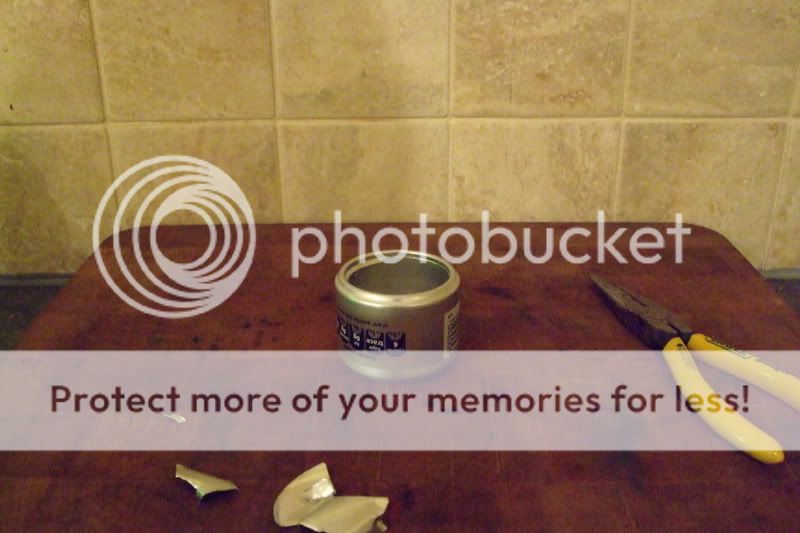
Make a paper strip (17cm long for a small diameter can, 21cm long for a larger drinks can). Mark dots at 1cm intervals, so 17 dots on the small cans and 21 on the larger. Tape this to the stove.
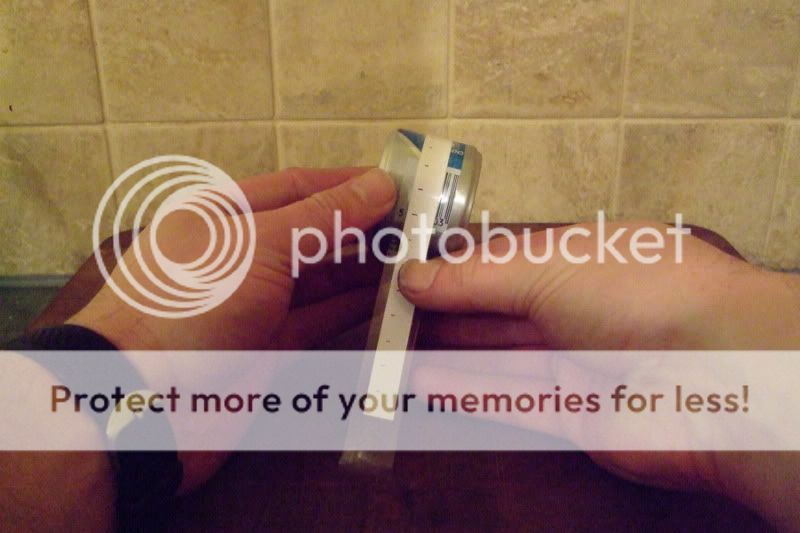
Use a hobby drill or similar with a 1.0-1.5mm bit to drill the holes. Be careful of the inner wall. You want the holes about 15mm down from the top of the stove. The lower the holes, the faster it burns but the lower the fuel capacity. 15-17mm is good.
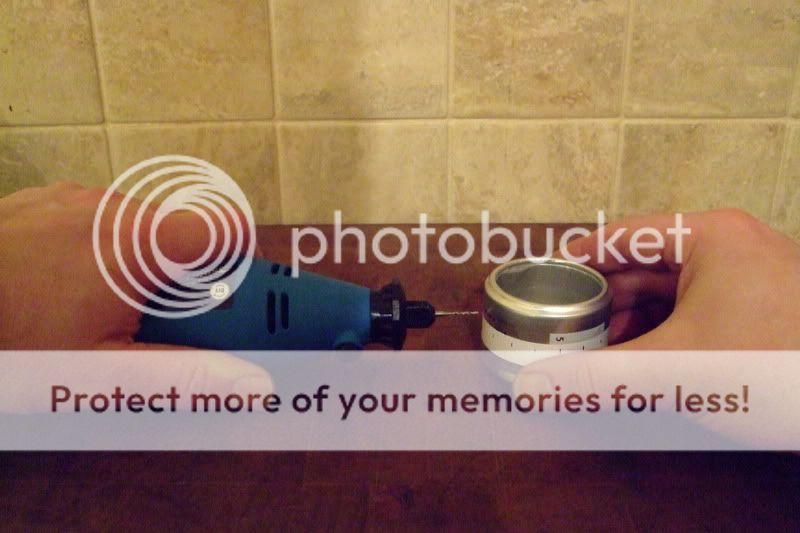
Take off the tape and polish up with a sandpaper sponge if you like.
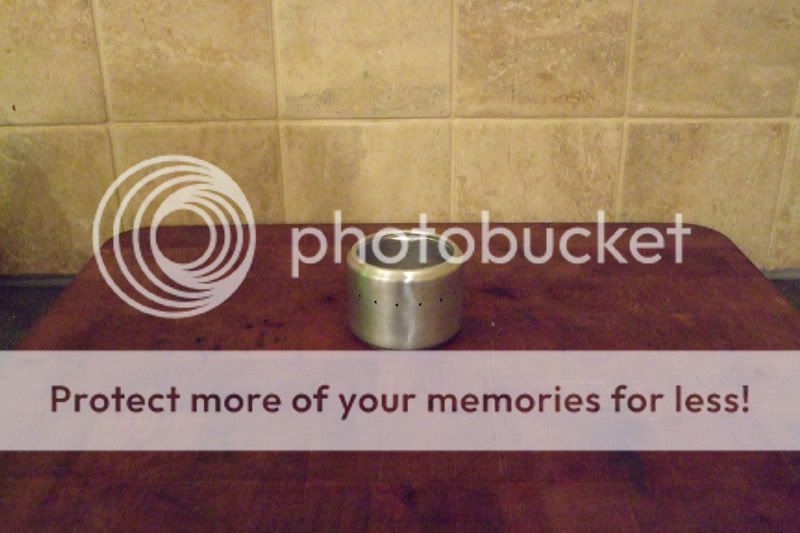
Add about 20ml of meths. Don't ever fill more than half way, or it could boil over. Same goes for any sideburner stove. Light.
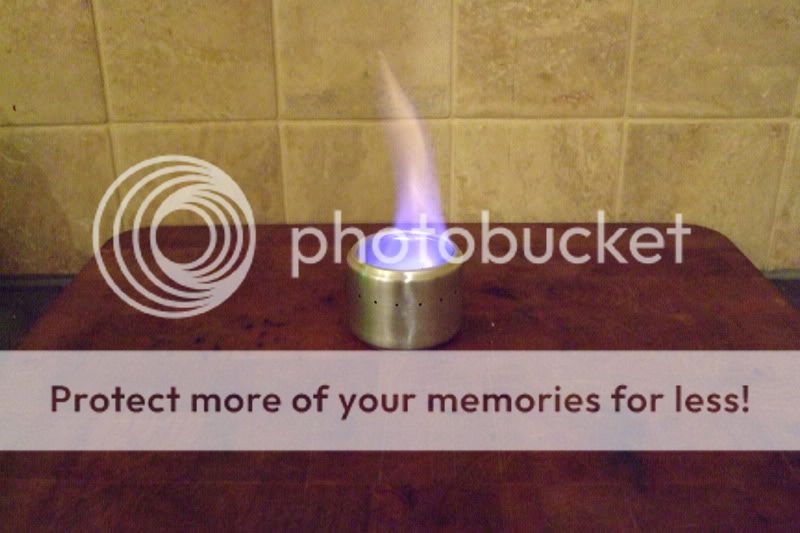
The first time the burn may be erratic but it should blossom after about 40 seconds.

Expect a boil time on 350ml of water (a mugful) to be around 4 minutes. On 20ml of fuel, it should go out naturally after 5 minutes or so.
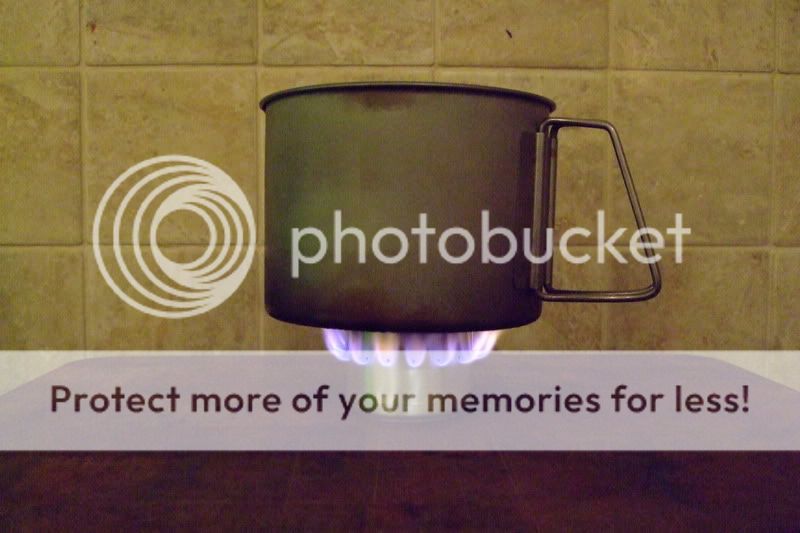
The same method and similar measurements can be used on a larger drinks can. The only difference is that the inner wall needs to be 7mm more than the top half of the stove to account for the deeper bottom. This gives a wider flame, burns hotter (~3 min boil time) but uses more fuel (~25ml for the same volume of water).
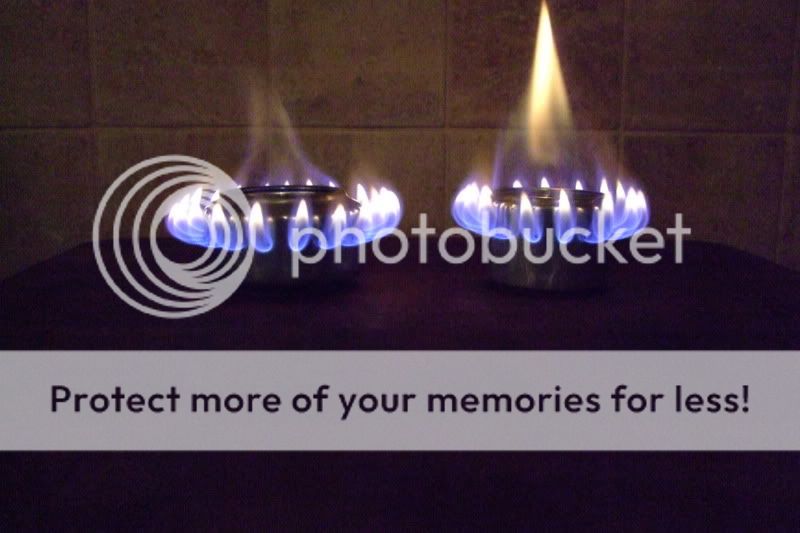
I prefer the small cans for an MSR Titan Kettle. The large cans would work well with broader pans.
The weight? A measly 8g for the small stove and 10-12g for the larger one. Tread on your stove and it's dead. But at ~10g and the size of a golf ball, you can easily take a spare! 
It will need a windshield. A plate of windshield foil under the stove reflects heat back up, keeping the stove hot and burning well. But obviously no pan stand required. My complete cookset using this stove (Titan Kettle, stove, windshield, reflector & measuring cup) is 160g.
It works well. I've even used it in freezing conditions. It won't simmer of course, but that's where a pot cosy comes in handy.
Post last edited on 05/02/2010 16:46:05
Post last edited on 05/02/2010 16:57:11
Post last edited on 05/02/2010 17:00:59
Post last edited on 05/02/2010 17:08:31
-------------
Richard
|
|
|
4916 Visitors online !
Free UKCampsite.co.uk Window Sticker - Recommend to Friend - Add a Missing Campsite
[Message Forums]
[Caravan Sites & Camping]
[Company Listings]
[Features / Advice]
[Virtual Brochure]
[Shop!]
[Reception]
[Competitions]
[Caravans & Motorhomes For Sale]
[Event Diary]
[Contact Us]
[Tent Reviews]


Please note we are not responsible for the content of external sites & any reviews represent the author's personal view only. Please report any error here. You may view our privacy and cookie policy and terms and conditions here. All copyrights & other intellectual property rights in the design and content of this web site are reserved to the UKCampsite.co.uk © 1999 - 2024 |

Advertisement
|
|
|
















































